Innovations in Flavor and Texture
Innovation plays a crucial role in the Cocoa Chocolate Market, as manufacturers continuously experiment with new flavors and textures to attract consumers. The introduction of exotic ingredients, such as spices, fruits, and herbs, has become increasingly popular, appealing to adventurous palates. Additionally, the rise of vegan and dairy-free chocolate options reflects changing dietary preferences, further expanding the market. According to recent market analysis, the flavored chocolate segment is expected to witness a growth rate of around 5% annually. This emphasis on innovation not only caters to diverse consumer preferences but also positions brands to stand out in a competitive landscape, thereby enhancing their market share within the Cocoa Chocolate Market.
Rising Demand for Premium Products
The Cocoa Chocolate Market is experiencing a notable shift towards premium and artisanal chocolate products. Consumers are increasingly seeking high-quality, ethically sourced cocoa, which has led to a surge in demand for premium chocolate brands. This trend is supported by data indicating that the premium chocolate segment is projected to grow at a compound annual growth rate of approximately 6.5% over the next five years. As consumers become more discerning, they are willing to pay a premium for products that offer unique flavors and superior quality. This shift not only enhances brand loyalty but also encourages manufacturers to innovate and diversify their product offerings, thereby driving growth within the Cocoa Chocolate Market.
Expansion of Online Retail Channels
The Cocoa Chocolate Market is witnessing a significant transformation due to the expansion of online retail channels. E-commerce platforms are becoming increasingly popular for chocolate purchases, providing consumers with greater convenience and access to a wider variety of products. Recent statistics reveal that online sales of chocolate are expected to grow by over 10% annually, driven by the increasing preference for online shopping. This shift not only allows brands to reach a broader audience but also enables them to engage with consumers through targeted marketing strategies. The rise of online retail is reshaping the distribution landscape, thereby driving growth and innovation within the Cocoa Chocolate Market.
Sustainability and Ethical Sourcing
Sustainability has emerged as a pivotal driver in the Cocoa Chocolate Market, with consumers increasingly prioritizing ethically sourced products. The demand for sustainable cocoa farming practices is on the rise, as consumers seek to support brands that demonstrate a commitment to environmental stewardship and social responsibility. This trend is underscored by data indicating that nearly 60% of consumers are willing to pay more for sustainably sourced chocolate. As a result, manufacturers are investing in sustainable supply chains and certifications, which not only enhance brand reputation but also align with consumer values. This focus on sustainability is likely to shape the future landscape of the Cocoa Chocolate Market.
Growing Awareness of Health Benefits
The Cocoa Chocolate Market is benefiting from a growing awareness of the health benefits associated with dark chocolate. Research indicates that dark chocolate, rich in antioxidants, may contribute to improved heart health and cognitive function. As consumers become more health-conscious, they are increasingly incorporating dark chocolate into their diets, viewing it as a guilt-free indulgence. This trend is reflected in market data, which shows that the dark chocolate segment is projected to grow by approximately 7% over the next few years. The perception of chocolate as a healthful treat is reshaping consumer purchasing behavior, thereby driving demand within the Cocoa Chocolate Market.



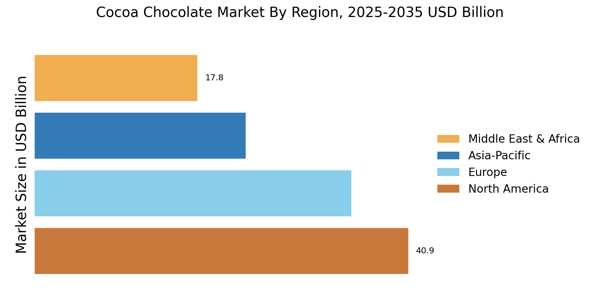
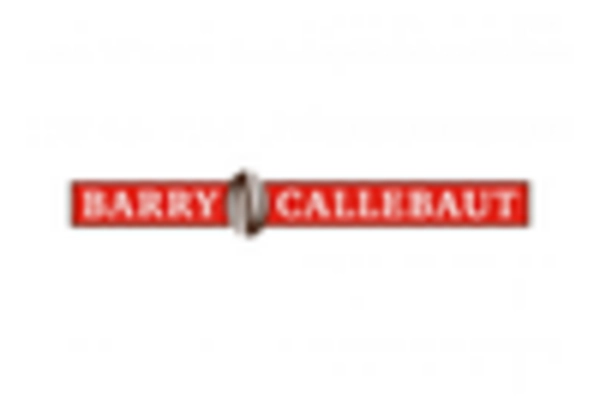
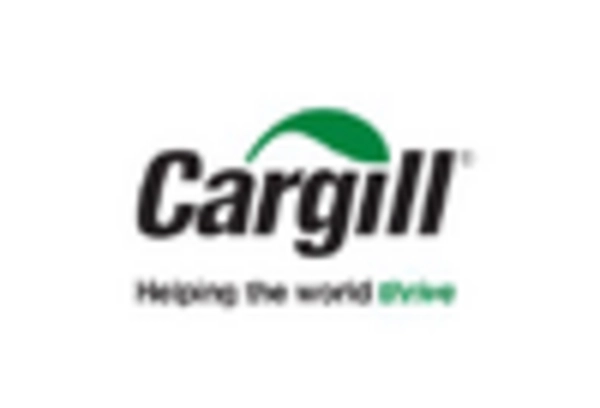
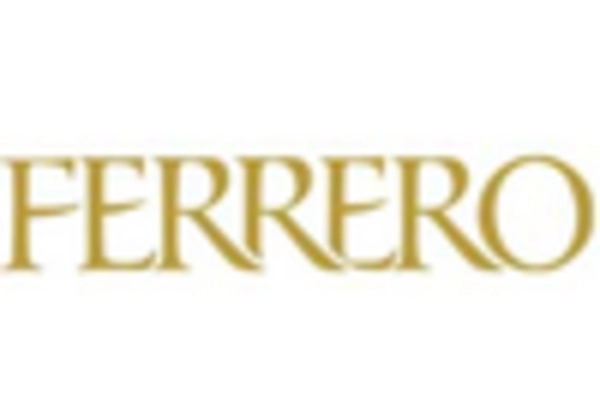


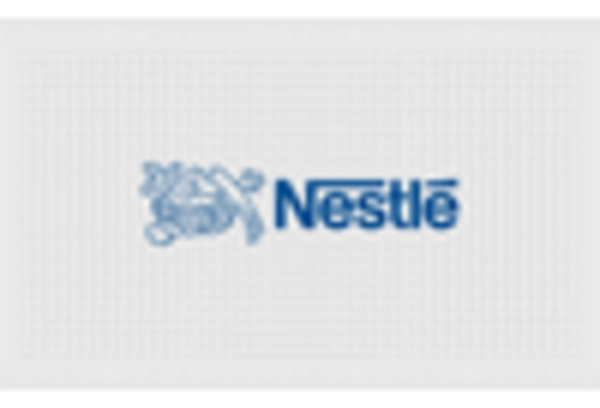








Leave a Comment